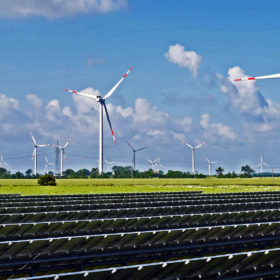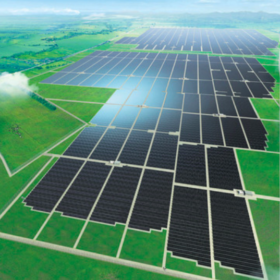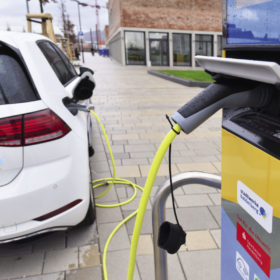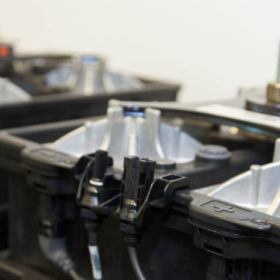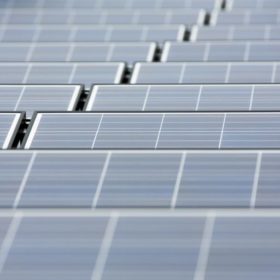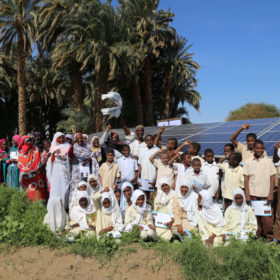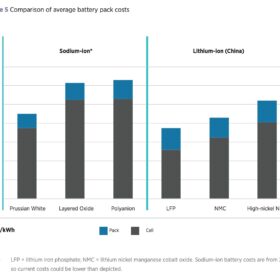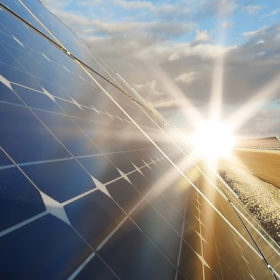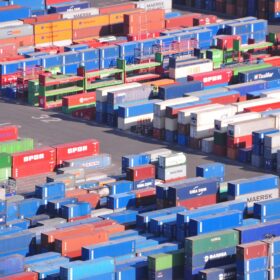‘India will add 14 GW of solar this year’
The annual global outlook report for solar published by IHS Markit notes there was no real uptick in the amount of new capacity added last year, compared with the returns seen in 2018. That is likely to kill any hope India has of overtaking the U.S. as the world’s second biggest solar market in 2020.
Clean energy investment in developing nations slumps as financing in China slows: BNEF
Clean energy investment across 104 emerging markets fell sharply by $36 billion in year 2018 from the previous year, even as their coal burn surged approximately 500 terawatt hours to a record high of 6.9 thousand terawatt-hours. Though the decline in clean energy investments was driven largely by China, inflows to India and Brazil also slipped by $2.4 billion and $2.7 billion, respectively. India, however, emerged as the market with greatest renewables potential.
UK university to research solar-powered cold chains for Indian agriculture
The University of Birmingham is a research partner on the Solar Cooling Initiative of International Solar Alliance that aims to spread the use of solar and solar-hybrid energy in agriculture.
Global PV market: 114 GW to be installed in 2019, with continued growth onwards
According to the latest market forecast published by Wood Mackenzie, it seems that global PV installation figures will rise to 125 GW per year from 2020. Continued global capacity expansion will come in through a growing gigawatts-club.
India set to acquire lithium for EV batteries in 6 months
The acquisition would be made through Khanij Bidesh India Ltd (KABIL)—a joint venture of three public-sector mining units—which recently visited the Lithium Triangle countries in South America (Chile, Argentina and Bolivia) to explore the possibility of lithium acquisition.
India gets access to Bolivia’s lithium for EV batteries
Bolivia will provide India with access to its lithium carbonate, and also facilitate joint ventures for lithium battery/cell production plants in India. The partnership will provide a major fillip to India’s ambitious e-mobility plans.
India eyes South America’s lithium reserves for battery manufacturing
As India plans to set up large lithium-ion battery plants, the Lithium Triangle countries in South America (comprising Chile, Argentina and Bolivia) have offered to meet India’s growing demand for lithium.
This year could see a reckoning for ultra-mega PV projects
The fate of the clutch of 500 MW-plus projects due to break ground this year could determine whether such ambitious schemes have a viable future, says Wood Mackenzie in its solar 2019 forecast. And the Indian market should brace for consolidation, add the analysts, because of aggressive reverse-auction tariff pricing.
United Nations backs solar powered irrigation
A new report published by the United Nations Food and Agriculture Organization outlines the benefits of solar powered irrigation systems to both large and small scale farming operations in developing countries. The report also stresses the need for comprehensive management and regulation of such systems, to avoid unsustainable water use.
Fossil fuel global grip being loosened by holy trinity of affordable PV, wind and storage, finds BNEF
‘Unprecedented challenge’ for fossil fuels as low LCOE for solar and wind power, allied to tumbling storage costs, sees renewables claim a larger share of bulk and dispatchable generation while adding vital flexibility to the global energy mix.

